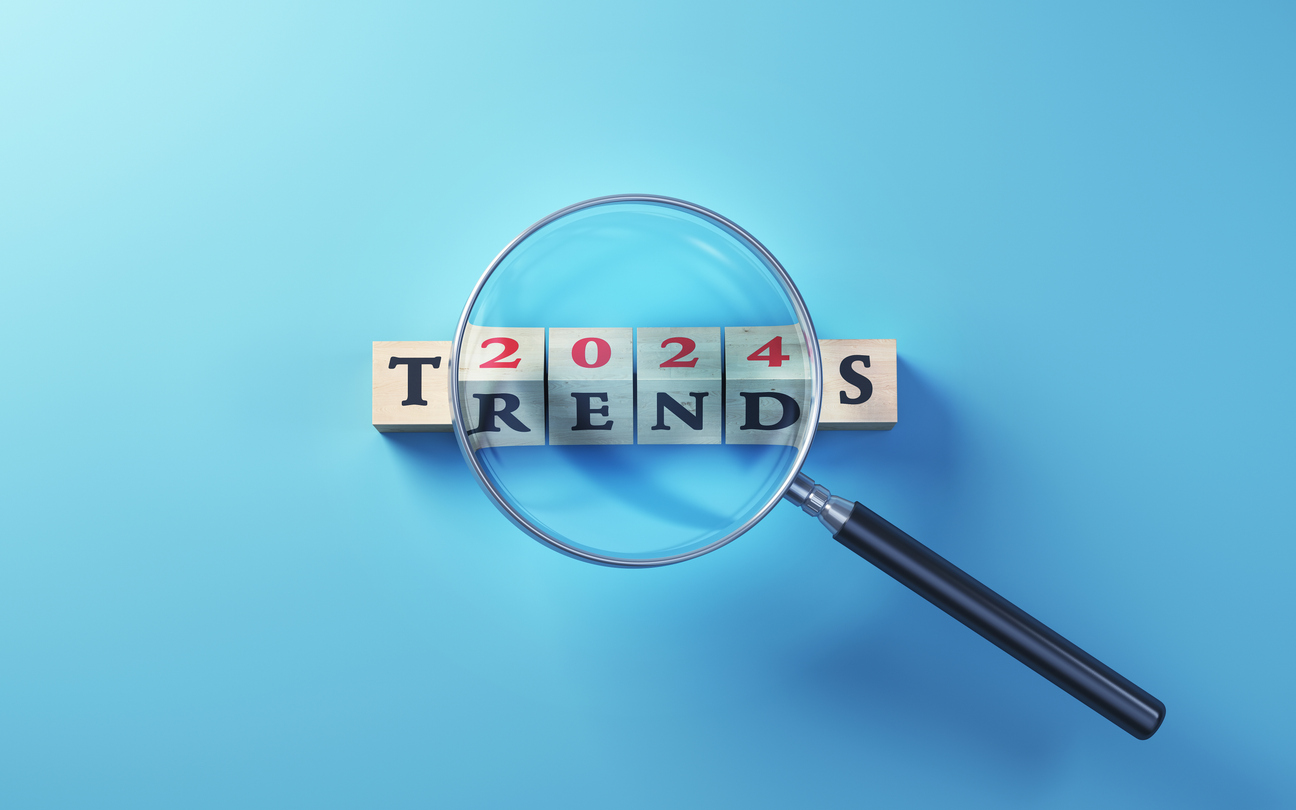By: Glaelis Sierra – Account Director @ Williams Whittle
The coronavirus pandemic has reshaped our lives and the way we approach health and wellness. When shelter in place orders went in effect earlier this year, people needed to find a way to do everything from home, including work, exercise, school, happy hours, trivia nights, etc.
From running marathons on balconies in Finland and France, to running in a 20-foot back garden, people found new ways to exercise. Many people took on DIY projects and small home improvements. While others decided to make sourdough bread. So much bread has been baked during quarantine that yeast and flour were just as scarce as toilet paper and hand sanitizer.
Learning how to do things from home will definitely impact how we approach these activities in the future as restrictions continue to ease across the world.
Will you feel comfortable going back to the gym? Will you feel comfortable going back to the office? Will you ever go out again without a face covering? When will we be able to travel again? When will the COVID-anxiety go away?
It will take some time to get answers to these questions, but in the meantime, we’d like to share ten healthcare trends that have been developed during the pandemic along with tips for 2021 planning.
1 – The coronavirus pandemic is pushing America into a mental health crisis. About 40% of U.S. adults reported struggling with mental health or substance abuse, according to the CDC. Of these, 31% reported anxiety/depression symptoms, 26% showed symptoms of a trauma and stressor-related disorder and 13% reported having started or increased substance use to cope with stress or emotions related to coronavirus.
The anxiety caused by the fear of contracting the coronavirus, along with the overall economy and fear of losing your job can be overwhelming. Social distancing makes it even more challenging since we can’t spend time with friends and family as we normally would.
2 – Across the US, 61% of people are stressed out and 31% are sleeping less due to COVID-anxiety. To cope with anxiety, some people have been self-medicating with cannabis and CBD products, while others are turning to meditation. According to Apptopia, the top 15 mental health apps were up 66% compared to the previous year and monthly active users were 11% higher by the end of May. The mental health apps that saw the steepest rise in usage in the U.S. were Calm, Headspace, Noon, Reflectly and Relax Melodies. Calm had 120% more sessions in the U.S. than Headspace.
3 – Virtual workouts are a new mainstay in personal fitness. According to research from Quantilope, about 40% of people have reported taking part in a virtual workout skewing even higher for Gen Z and millennials at 51%. Most interesting, 65% of overall respondents said they are very satisfied with the current offerings, which indicates that virtual workouts may be here to stay even after gyms start easing restrictions.
A survey from Beachbody, confirmed that 9 in 10 Americans who exercise regularly say they will continue with at-home workouts even after they feel comfortable returning to the gym.
Peloton reported a 66% increase in sales as people continued working out from home, informed Business Insider. Modern Retail reported that gym closures are leading to shortages of at-home workout equipment, such as dumbbells and kettlebells.
4 – Vitamins and “immunity-boosting” drink sales have increased. U.S. dietary supplement sales were 17% higher than a year ago in July, according to a report from Nielsen, having risen as much as 51% in March as COVID-19 was spreading across the world.
5 – More than 8 in 10 Americans (85%) have changed their food habits since the start of the pandemic, according to an article from MDLinx. Approximately 22% of Americans said they are eating healthier than they usually do, and about 14% said they’re eating less healthy than before.
As restaurants continue to be closed or operating at a limited capacity, people have been cooking more at home. While staying at home, many are also snacking more, washing produce more than usual, and thinking about food in general. Consumers under age 35 are most likely to have made changes, both in terms of healthier and less healthy choices, the article continued.
A Food and Health survey found that nearly 1 in 5 Americans (18%) are using a mobile health monitoring device or app, and two-thirds (66%) of those using them say it’s led to make healthier choices.
6 – About 60% of patients currently believe it’s risky to visit any healthcare facility, according to NRC Health’s research. This may explain why 71% of them say they’d be interested in phone calls as a substitute for in-person appointments, and 64% said the same of video-conference. These are unprecedented levels in the history of NRC Health’s consumer data.
7 – An estimated 41% of U.S. adults have delayed or avoided medical care including urgent or emergency care (12%) and routine care (32%), according to data from the CDC. Avoidance of urgent or emergency care was more prevalent among unpaid caregivers for adults, persons with underlying conditions, black adults, young adults, and persons with disabilities.
8 – The pandemic caused millions of people to try telehealth for the first time. All telemedicine providers have seen a huge uptick in demand, including Doctor on Demand, Teladoc, MDLive, and American Well. There’s also a rise in services specifically designed for telehealth, such as VSee, Doxy, and thera-Link. FaceTime, Skype and Zoom are also alternatives some patients have used for telemedicine, according to Forbes. A report from HealthTech says the pandemic has pushed specialists to expand telehealth for critical needs that include cardiovascular care. Stress and anxiety have also prompted a dramatic increase in online counseling. Kaiser Permanente confirmed they’re conducting more than 90% of mental health visits virtually.
Based on a survey by Sage Growth Partner (SGP) and Black Book Market Research, 25% of consumer respondents had used telehealth prior to the current COVID-19 pandemic. Fifty-nine percent reported they are more likely to use telehealth services now than previously, and 33% would even leave their current physician for a provider who offered telehealth access.
Telehealth is no longer a nice-to-have, but a must-have for patients and healthcare professionals alike during these uncertain times.
9 – There won’t be a baby boom due as a result of the pandemic. Many thought at the beginning of the pandemic that there would be a baby boom as a result of the lockdown. However, that baby boom isn’t really panning out. The CDC informed that 3.7 million children were born in the U.S. last year, down 1% from 2018 and the lowest total number of births since 1985. Birthrates have dropped among women of every age and racial group, though they rose among women in their early 40s.
Demographers predict the birth rate is likely to plunge even more in the midst of the pandemic and the economic recession accompanying it. Birth rates have historically fallen in times of economic hardship, the data shows.
According to Forbes, it is estimated that the U.S. birth rate will decline by another 7-10% next year, which amounts to about 300K to 500K fewer births. A Guttmacher Institute survey found that 34% of women said they wanted to get pregnant later or have fewer children because of the COVID-19 pandemic.
The survey also found that women’s ability to access contraception and the ability to pay for OB/GYN services has been constrained. One in three women (33%) reported that because of the pandemic, they had to delay or cancel visiting a health care provider, or had had trouble getting their birth control.
10 – About 60% of people in the U.S. say they are improving personal hygiene (e.g. washing hands frequently and using hand sanitizer), according to recent data from YouGov. Forty-five percent are refraining from touching objects in public. Due to the pandemic, the global hand sanitizer market is expected to witness 244% year-on-year growth in 2020 over 2019, informs Global Market Insights.
2020 has been a rollercoaster. Not only we’ve had to deal with a global pandemic, but there have been also climate change events like wildfires and hurricanes, protests over the Black Lives Matter movement and it’s an election year.
Overall, these healthcare trends reflect an impending mental health crisis, concerns about food accessibility, a new emphasis on telemedicine, delays in family planning, and improved hygiene procedures. For 2021, healthcare organizations should focus on educating patients by promoting safety protocols for staff and patients alike. This will aid in reducing anxiety for much needed surgical care procedures that had to be postponed earlier this year.
If your facility offers telemedicine, promote its ease and safety, and clarify what type of visits can be held virtually. Provide tips on how to prepare and what to expect from the virtual visit.
Online classes including yoga and meditation can help patients with sleep disorders and anxiety. Go live on your social media platforms to promote these classes. Provide healthy eating tips and recipes.
Healthcare and COVID-19 marketing are two of our areas of expertise. We’re continuously developing research and looking for insights to drive changes in healthcare messaging and media planning. We’re also ready to pivot when necessary. Contact us today to chat about how we can work together in 2021 and beyond.



